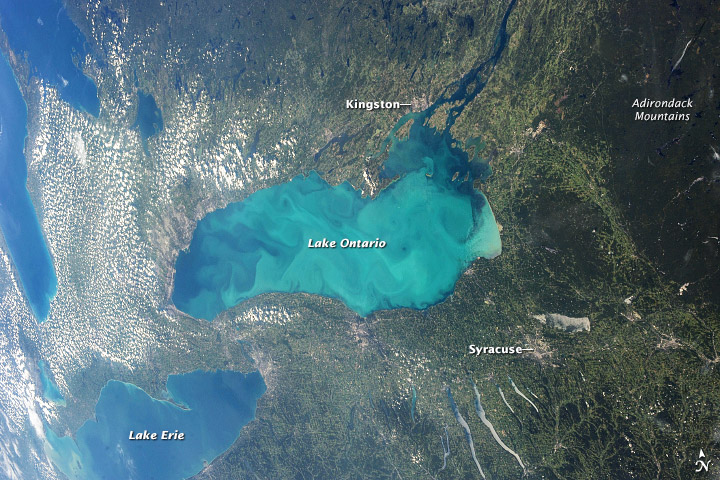Craley’s explanation of this diagram does not make sense to me. Here’s what he says:
Fig. 10 shows that the rocks of the Absaroka and Zuni megasequences cover and protect much of the earlier megasequences, preventing their late Flood or post-Flood erosion across much of North America (and the other two continents also). There was undoubtedly some erosion as each megasequence regressed and a new megasequence transgressed, but not a late or post-Flood erosional event as suggested to explain the high volumes for the Tejas.
In the easternmost of the 4 profiles, the lower layers (Kaskaskia, etc.) are almost entirely absent. The Tippecanoe and Sauk are almost entirely absent in the second-from-the left profile. Kaskaskia formations are missing from the southernmost third of the left-most profile.
The standard explanation, if I have understood it correctly, is that the various sections of the tectonic plate(s) rose and fell due to a variety of geophysical mechanisms that @rsewell could explain far better than I. Together with eustatic variation in sea level, it created erosional and depositional patterns.
The forces involved in the rising and fall of the crust are extreme. They are the product of heat acting on the crust, and due to friction of tectonic movements they also generate heat. Before I could believe the YEC hypothesis that what geologists think happened over 500 million years could be compressed into a single year, I would need to see the equations worked out with special attention to heat outputs.
I would also need to see some working out of the equations that predict the amount of folding and fracturing that would occur.
Unfortunately, none of Clarey’s articles show evidence of such mathematical work. Clearly he worked hard, but it seems to me that he was not working on the right things. He is trying to work the depositional and erosional patterns into a narrative consistent with flood geology, but he has not done any work on widely noted data that strongly refute his narrative – among them, all the things that @rsewell, @paleomalacologist and @Paraleptopecten have noted.
I do not understand how you could come to this conclusion. Original deposition would vary based on how far downstream the water flows, for sure, which would suggest that layers which are thicker in the west might have involved east to west flows. However, the pattern could also be the result of greater erosion eastward due to crustal and sea level changes. There seem to be a lot of considerations in play here, which is why I am inclined to trust the community of thousands of experts as they work all these factors out.
You do realize, of course, that the fact that you can only cite 2 dinosaur herd formations would suggest that such herds are extremely rare finds?
I can understand how water flows create erosion. However, I would expect sediment flows to result in deposition. Thus I am unsure of what you are trying to state here.
@rsewell - I would appreciate your reviewing this post, if you have a moment. Did I misstate anything? What important considerations did I miss?
Thanks,
Chris
